While journalists craft stories for readers, not every story centers the reader as directly as others. It’s not to say that people don’t care about stories that provide insight into what is happening nationally or globally, but that doesn’t stop them from wanting to know where they fit in and how something may impact them directly. People are at the center of their own universes, after all.
The stories we’re highlighting today both promise to reveal something about the reader—to the reader.
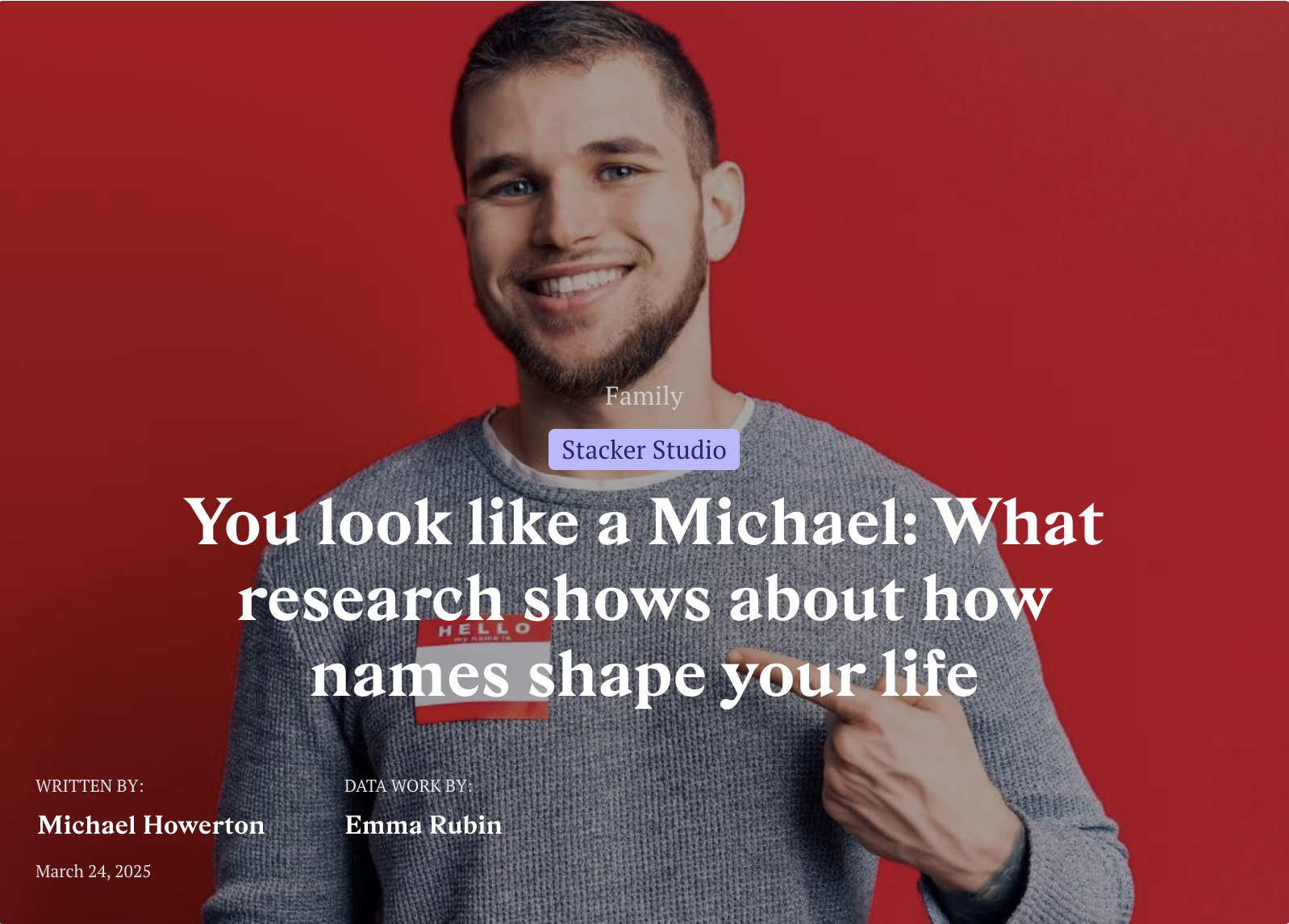
Stacker was built on baby names. OK, perhaps this is a bit of a stretch, but many of our first stories dug into Social Security Administration data on names. It’s been seven years of brainstorming on baby name data and trends—and the ideas keep coming.
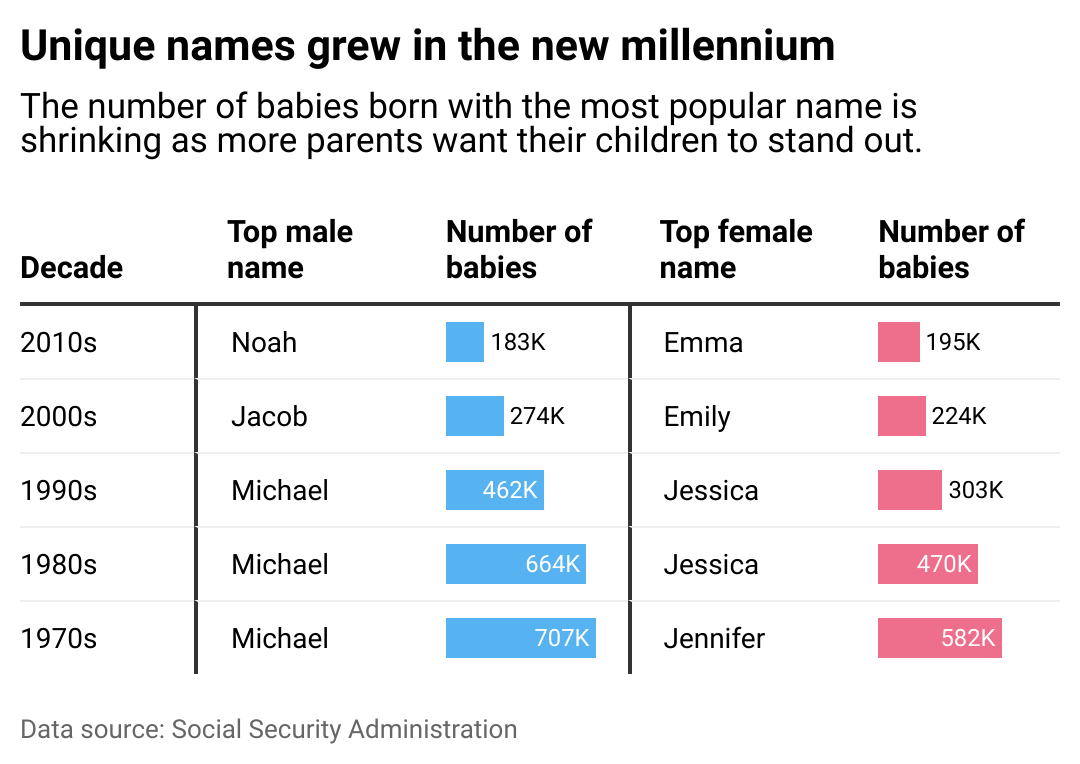
People often have a fascination with names, and there are endless opportunities to splice the data and dig into etymology. “You look like a Michael: What research shows about how names shape your life,” written by Michael Howerton, features data work from Data Editor Emma Rubin that highlights the top names of each of the last five decades. The number of babies born with these popular names is declining significantly, suggesting that more parents are opting for rarer names. This piece explores the powerful, unexpected, and surprisingly subtle connections between names and how they can shape people’s lives.
The nature of stories about names allows for some fun. The first iteration of this headline featured the name Bob, but Deputy Managing Editor Carren Jao had the clever idea to swap in the author’s name—which, coincidentally, was the most popular boys’ name in the ‘70s, ‘80s, and ‘90s. The writer shares his own experience, saying, “In this writer's purely unscientific, anecdotal experience, being a part of such a crowded cohort can produce a peculiar dissociation, given the preponderance of classmates and peers sharing it. (Yes, I hear it being called, but chances are it isn't for me.)”
This story was picked up by 146 publishing partners—and it’s only been on the wire since March 24.
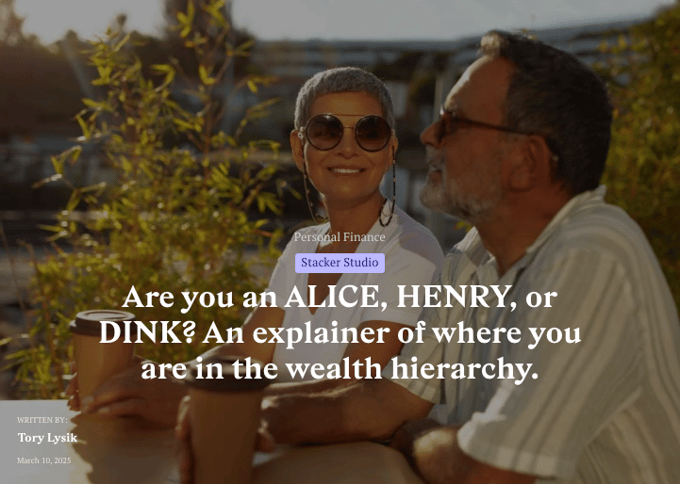
“Are you an ALICE, HENRY, or DINK? An explainer of where you are in the wealth hierarchy” came to fruition in real time during a brainstorming session. The prompt for the Newsroom was to pitch stories on how HENRYs save, invest, and plan for retirement.
The first question many of us had was, “Who is Henry?” Since this was a new term to most people in the room, we realized it would be prudent to take a step back. HENRY is an acronym for “high earners, not rich yet,” while ALICE stands for “asset limited, income constrained, employed,” and DINK represents those with “dual income, no kids.”
This story offers insight into where the reader may fall in terms of the wealth hierarchy, which, as writer Tory Lysik notes, “is crucial for grasping one's economic future.” It also includes several highly serviceable data visualizations created by Tory.
This story, published on March 10, has been run by 295 publishers so far.
Keep reading for more of our favorite stories published on the wire in March.
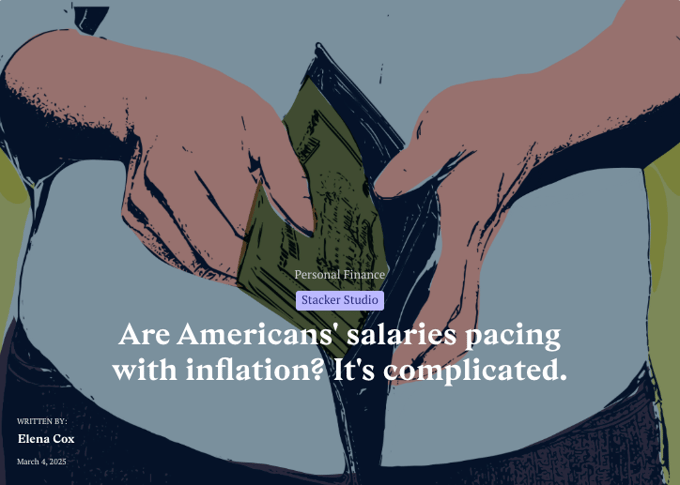
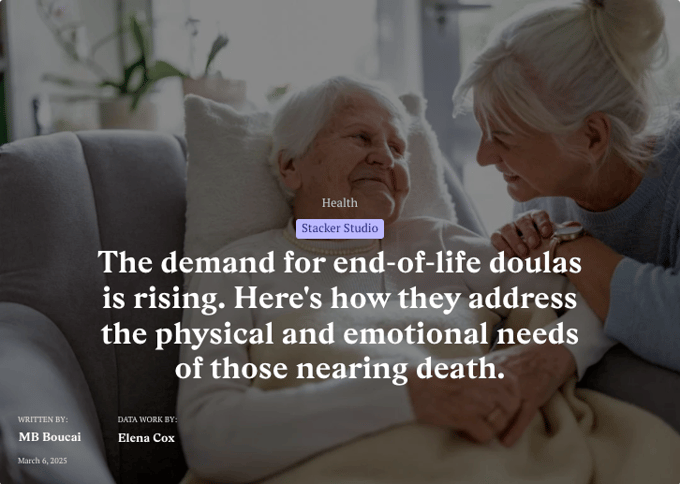


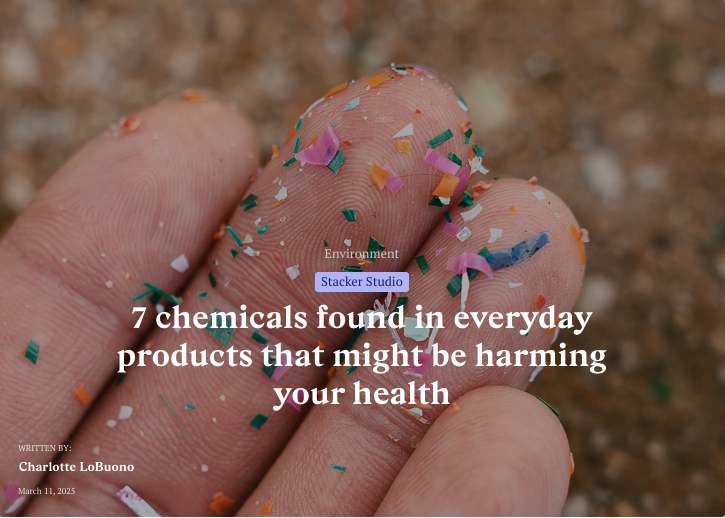
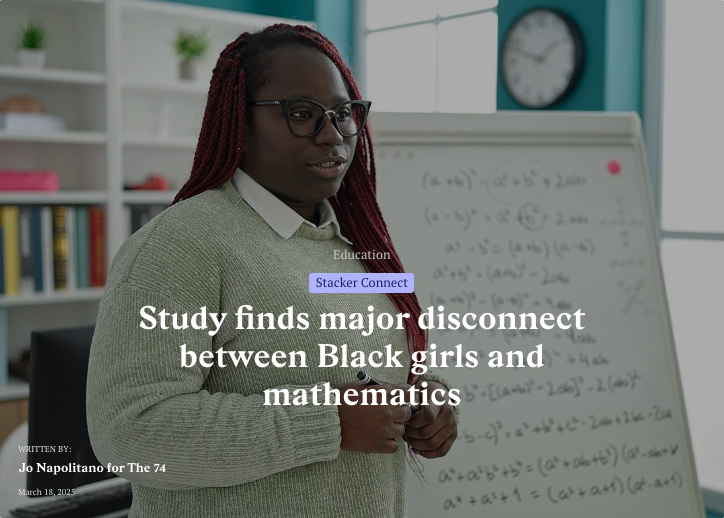
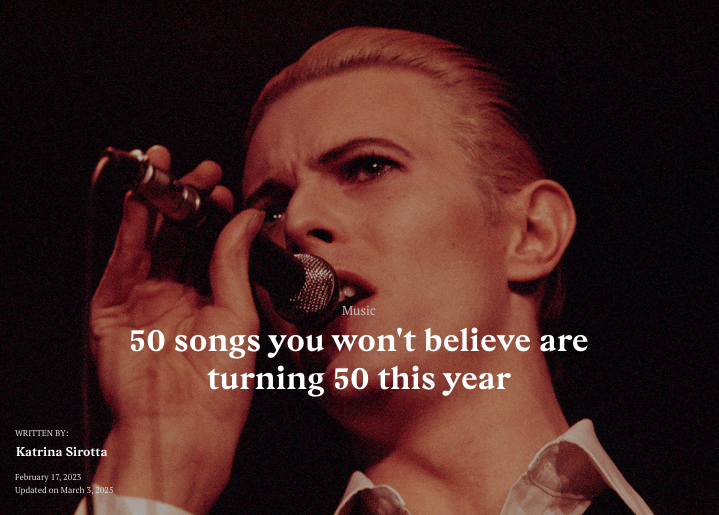

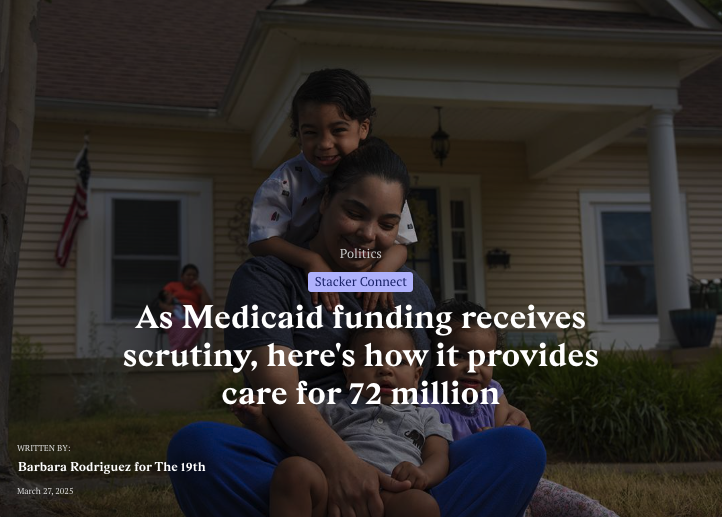
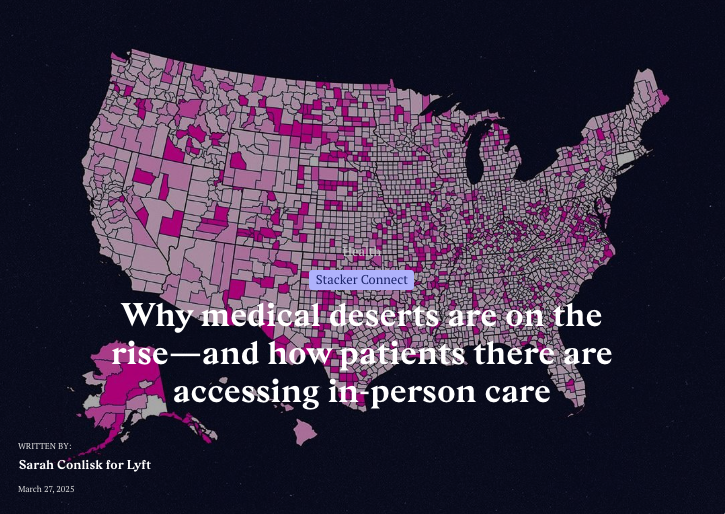
Kristen Wegrzyn is Stacker’s copy chief. She graduated with a bachelor’s degree in journalism at Illinois State University and a master’s in magazine publishing at Edinburgh Napier University in Edinburgh, Scotland.
Photo Illustration by Stacker // Canva